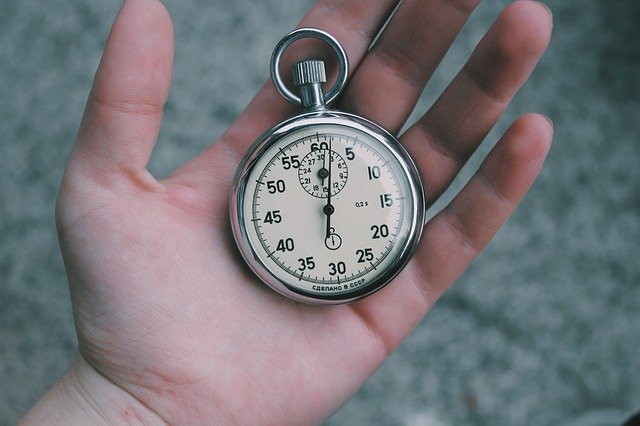Time and motion studies have been around for well over a hundred years. Based on the foundational work of Frederick Winslow Taylor and Frank and Lillian Gilbreth, they are as relevant today whenever repetitive work is performed by humans.
Set firmly in the discipline of industrial engineering, we’ll explore time and motion studies by a brief look at the history from Dave Biesinger, and then follow with presentations from the Beginning Engineers Channel.
First, Dave Biesinger’s short presentation on the history of Time and Motion Studies.
Frederick Taylor, the founder of Scientific Management mainly focused on time studies while Frank and Lillian Gilbreth focused on Motion Studies.
You can view Dave’s video here.
The first presentation from Beginning Engineers provides a general discussion of time and motion studies.
These studies are not limited to manufacturing but also apply to services.
Any task can be broken down into simpler component movements, elemental steps.
Make sure you have a clear physical set point that triggers each step. The last step should lead directly into the trigger point of the first step.
The video concludes with guidelines of how to do a time study in practice. Variances among people can be adjusted using a Personal Fatigue and Delay factor.
You can watch the video here.
In the next video from Beginning Engineers, after a recap of how to conduct a time study two examples are given: cooking a noodle dish and spray painting a surfboard.
You can watch that video here.







Leave A Comment